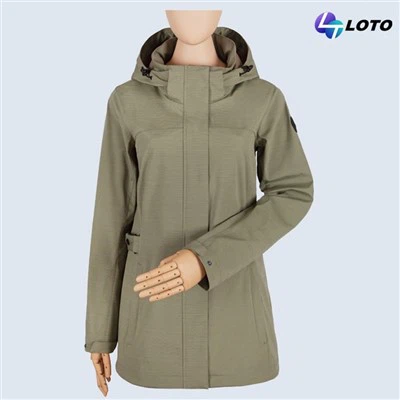The fit of a ski jacket, whether tight or loose, is crucial not only for comfort but also for performance and safety while skiing. The ideal fit strikes a balance between these factors:
Mobility: A ski jacket should allow for full range of motion. This means enough room to move arms freely, twist the torso, and bend at the waist without restriction. A jacket that's too tight can limit mobility, affecting skiing performance and increasing the risk of muscle strains.
Layering: Skiing often involves layering clothes to adjust to varying temperatures and conditions. A ski jacket should have enough room to accommodate a base layer and a mid-layer without feeling too snug. However, it shouldn't be so loose that warmth is compromised.
Heat Retention: A well-fitted ski jacket traps warmth efficiently. If it's too loose, cold air can seep in, and body heat can escape, making you cold. Conversely, if it's too tight, it can compress the insulation, reducing its effectiveness.
Safety: A ski jacket that's excessively loose can pose safety risks. It can catch on equipment, tree branches, or other obstacles. Plus, in the unfortunate event of an accident, a snugger fit ensures protective features remain in place.
Aesthetic and Comfort: Personal preference plays a role. Some skiers prefer a sleek, fitted look, while others opt for a looser, more relaxed style. Comfort is subjective, and the jacket should feel good when worn.
In conclusion, a ski jacket should neither be too tight nor too loose. It should offer a comfortable fit that facilitates mobility, accommodates layering, retains heat efficiently, and ensures safety on the slopes.







